Editor’s Note: CNN’s series often carry sponsorship originating from the countries and regions we profile. However, CNN retains full editorial control over all of its reports. Our sponsorship policy.
On the edge of western India, a pure white desert seems to shimmer under the blazing sun.
This is the Rann of Kutch, home to India’s largest salt plain, in the Kutch district of the westernmost state of Gujarat.
The region is divided into two distinct areas – the Great Rann and the Little Rann – each offering different experiences. (Rann means “desert” in Hindi.)
The former is best known for its spectacular landscapes, while the latter destination is a hub of wildlife and salt farming.
“It’s amazing how beautiful nothingness is – and how much the scene changes in the shifting light, especially sunset to a full moon,” Katie Bhujwala, co-owner of The Bhuj House in Kutch, tells CNN Travel.
“It’s a little bit like the Taj Mahal – people think they have already seen it in pictures, yet its size, scale and beauty still take your breath away when it’s actually right there before you.”
Into the Great Rann
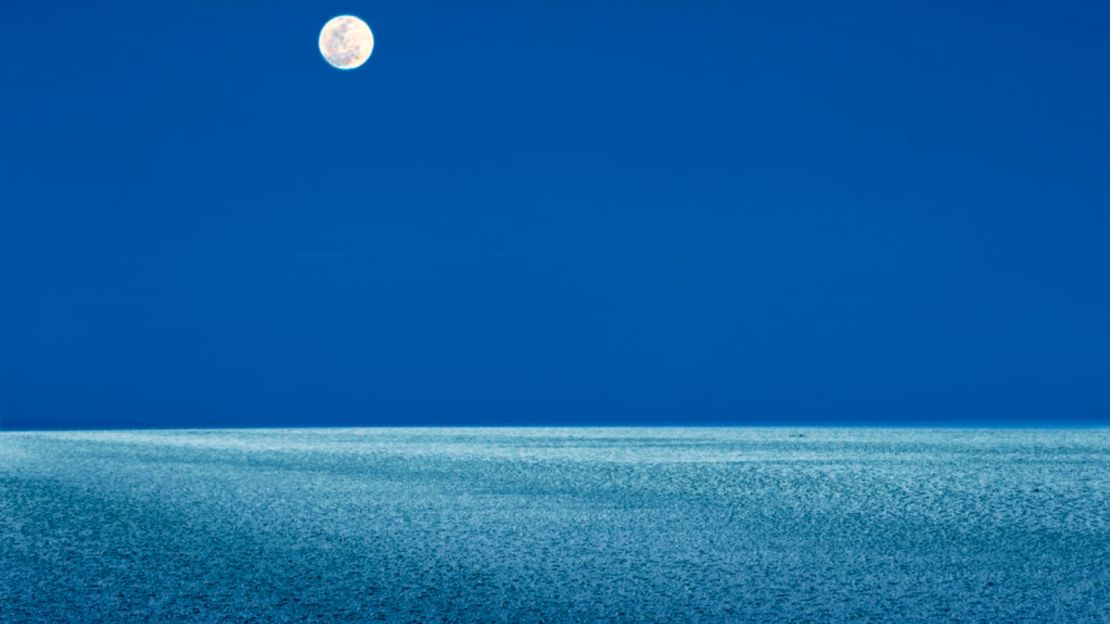
The region is called Kutch – literally meaning “intermittently wet and dry” – for good reason.
The Ranns, which cover some 10,800 square miles, are bone-dry all winter, then totally flooded in the summer because of heavy rainfall.
Given the tempestuous climate, most travelers visit the Great Rann in winter for the best chance to see the lunar-like landscapes.
“I first saw the Great Rann in January 2016. I highly recommend going on a full moon night,” Shilpa Gautam, an investment banker based in Hong Kong, tells CNN Travel.
“The white salt surface sparkled under the moonlit sky and it was ethereal. We went back the next morning only to be absolutely amazed by the vast panoramic endless white expanse of the Rann.”
Accessible via the main city of Bhuj, the White Desert is vast and best explored with help from a guided tour, such as Jacada Travel or Kutch Tour Guide.
During the excursion, visitors will likely stop by beautiful natural formations like Kalo Dungar. Meaning the “black hill,” this dark volcanic rock is the highest point in Kutch.
Thanks to the uninterrupted views, it’s a popular spot for sunsets and sunrises.
On this perch is the beautiful Dattatreya Temple, said to date back more than 400 years.
“The first time I visited (the Great Rann), I was working on a photography project on the salt production with a fellow photographer,” Shuchi Kapoor, a photojournalist and social documentarian based in India, tells CNN Travel.
“We made our way to the Rann in a tattered Jeep, borrowed from a friend, and the next 10 days were spent in the barren, dusty and minimalistic environs, sipping sweet black tea in broken saucers offered generously by the salt workers.”
“My first impression was that it was breathtaking – even if impalpably dusty, barren, harsh, solitary, challenging.”
An ancient civilization
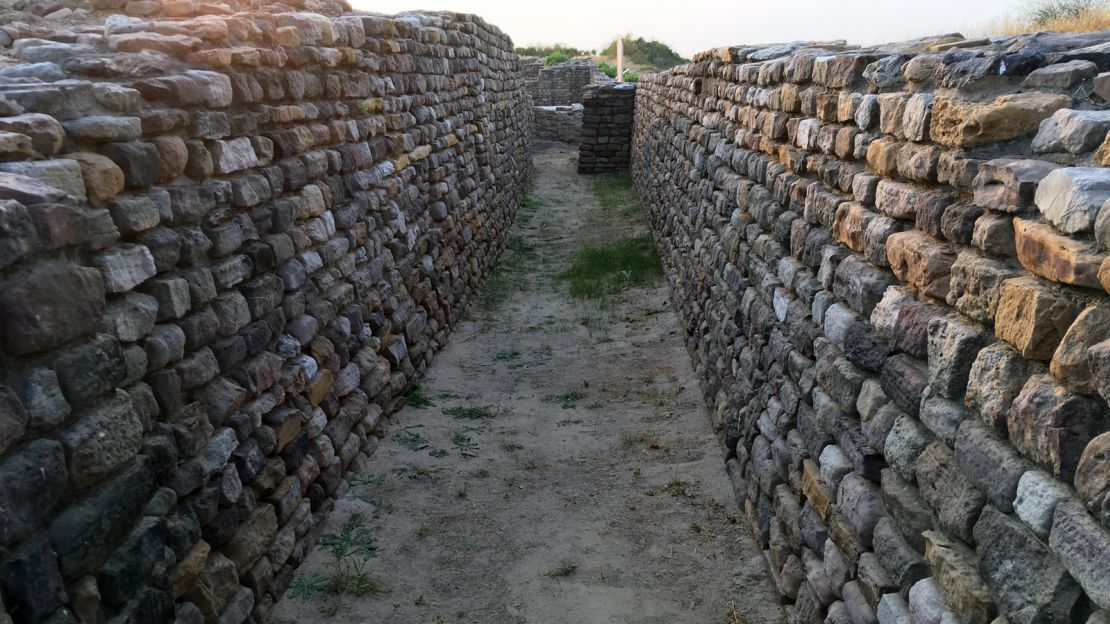
While most people enter the Great Rann by way of Bhuj, it’s also possible to approach from Khadir Bet to the east.
Rising out of the desert, this island is home to a 5,000-year-old Indus Valley civilization site known as Dholavira.
“Walking out into that featureless, lunar landscape at sunrise from the fossil park on Khadir Bet was an unforgettable experience,” says Bhujwala.
“There was absolutely nothing in my sight or sound or senses to place me in any culture, location or timescape. It’s just a vast expanse of absolutely flat, stark white salt – one small island in the distance and the orangey-pink rays of the rising sun blending into a clear blue sky.”
“Where you are, who you are – and which century you were in – is totally in the realm of your imagination.”
Life in the Little Rann
Roughly four hours southeast of the Great Rann by car, the Little Rann offers its own unique draws.
“While the Great Rann is a vast expanse of salt, the Little Rann of Kutch is more broken up – there are sandy, salt-free areas (known as bets) that lie above the salt level,” says Bhujwala. “These areas are a refuge for wildlife.”
On a camel or jeep safari, you’ll likely have a chance to spot lots of beautiful birds as well as interact with local residents who run the Little Rann’s ubiquitous salt farms.
In terms of wildlife in the Little Rann, travelers might spot desert cats, wolves, foxes and donkeys – including endangered Asiatic wild onagers – along with photogenic birds like flamingos and cranes.
“When you are on the edge of the Little Rann, with the bush behind you, you hear the sweet, short chirps that are ubiquitous in the thorny scrub,” says Bhujwala.
“As you walk further, all sounds are drowned out by the sound of the wind in your ears. It’s always breezy out on the Rann. Occasionally flocks of storks fly overhead, and you hear the collective movement of their large wings, or their distant calls.”
On the southwestern edge of the desert, the Banni grassland is known to attract more than 250 species of birds – such as flamingos, cranes and spoonbills – during the winter season.
Meanwhile, the Narayan Sarovar Chinkara Sanctuary plays host to honey badgers, pangolin, bustards (grassland birds) and partridges.
Beyond the desert
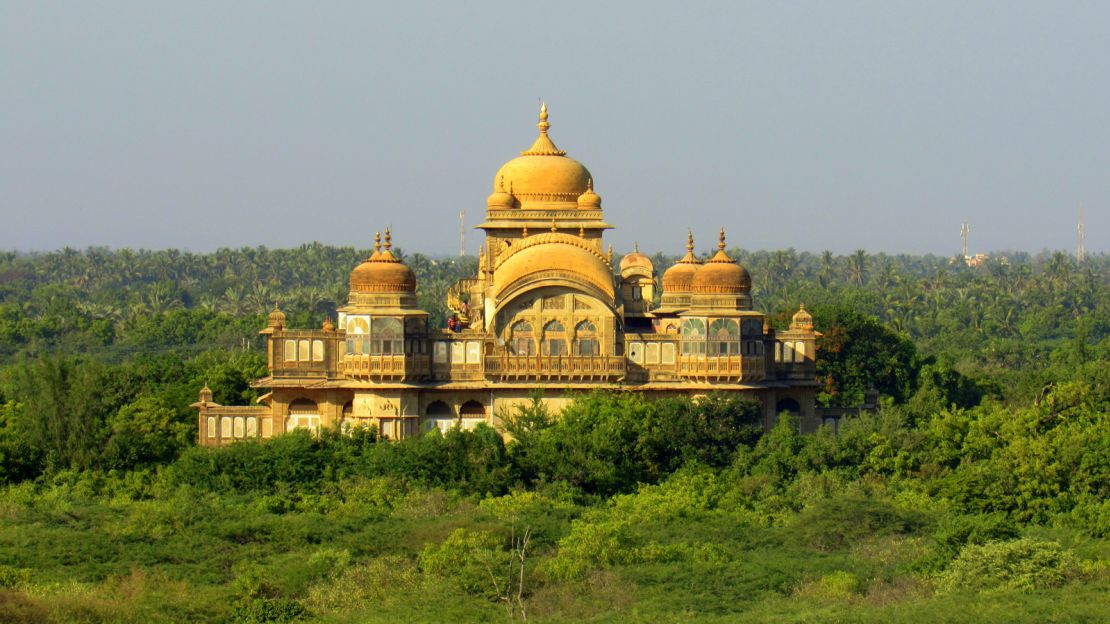
After witnessing the humbling expanse, many travelers gravitate towards the historic walled city of Bhuj to learn more about the area’s history at the namesake museum or the Bhujia Fort.
Nearby, the shiny marble Shri Swaminarayan Temple is an architectural marvel. Though damaged by a 2001 earthquake, the temple still draws devotees from around the world.
“It’s important to remember that Kutch is actually India’s largest district,” Vishal Shah, owner of Kutch Tour Guide tells CNN Travel. “There are so many shades, colors, landforms … big sand dunes, fertile lands, long coastlines, and lots of wildlife. Kutch is rich with experiences.”
Southwest, near sprawling Mandvi Beach, the Vijay Vilas Palace shows how royalty once lived in Kutch.
Built in 1929 by Rao Vijayrajji, the red sandstone palace features royal domes, ornate windows and 450 acres worth of gardens to explore.
“The Rann is not the only draw, this is a region that attracts geologists, paleontologists, Sanskrit poets, marine biologists, textile curators, architects, fashion designers, food bloggers … niche groups who, for one reason or another, have all found Kutch and for many, keep returning,” adds Bhujwala.
“While exploring, you start to realize that this is an ancient landscape literally dripping in natural history, with a fascinating, diverse culture, but much of it is neglected so it’s not obvious.”
Artistic endeavors
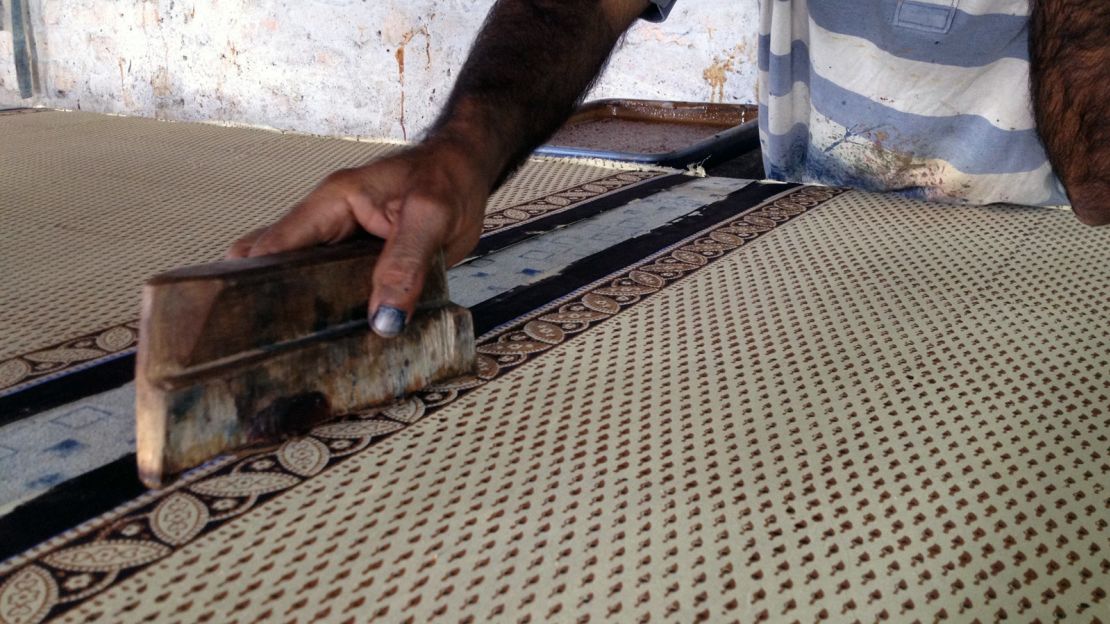
The Kutch region is particularly famous for its arts and crafts and each village has its own signature.
For example, Bhujodi village is famous for weaving, Ajrakhpur for block-printing, Hodka for patchwork and Nirona for lacquer work.
“Kutch’s artisans are pursuing their traditional techniques in a very contemporary sphere, and the current global movement towards ethical, sustainable fashion places them in a very exciting position,” says Bhujwala.
“International designers are already collaborating with them, and the textiles sourced from Kutch-based artisans are in another league to the typical Indian handicrafts.”
When to go
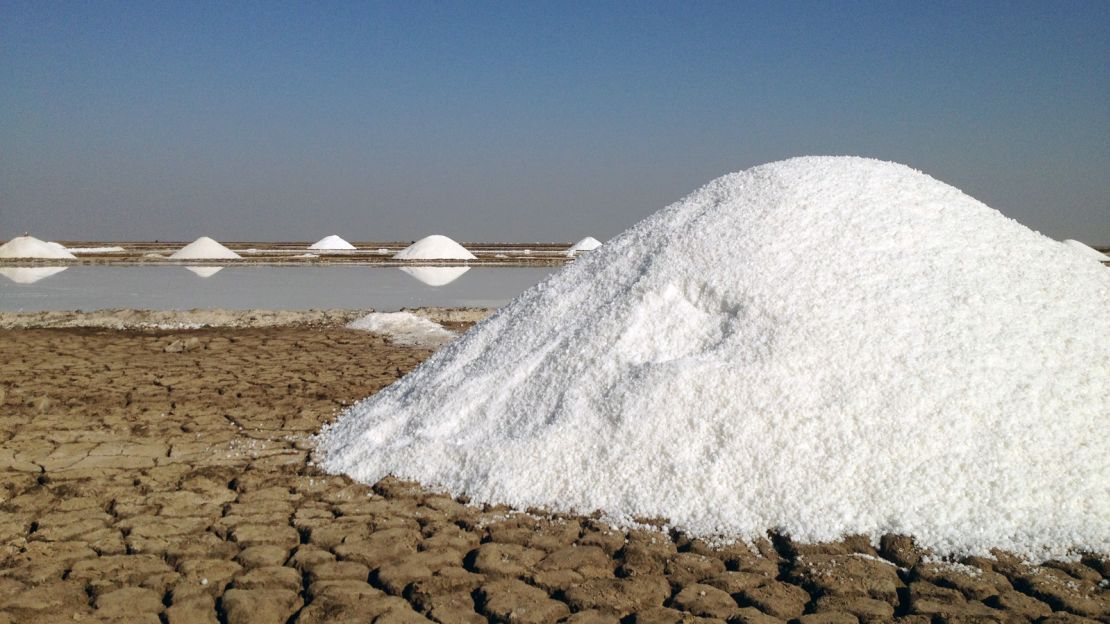
Because of the extreme temperature fluctuations, a trip to the Great Rann should be planned accordingly.
Experts recommend visiting during dry season – from November to February – to visit the grasslands, spot migratory birds and witness the Great Rann’s incredible landscapes.
Some culture enthusiasts appreciate the Rann Utsav – a carnival that runs from December to February – while others find it to feel contrived and kitschy.
During the festival, local artisans set up colorful tents and travelers can shop for crafts, meet camels or taste local snacks like kutchi dabeli – akin to a mini sloppy Joe full of spicy potatoes, chutneys and peanuts.
Where to stay
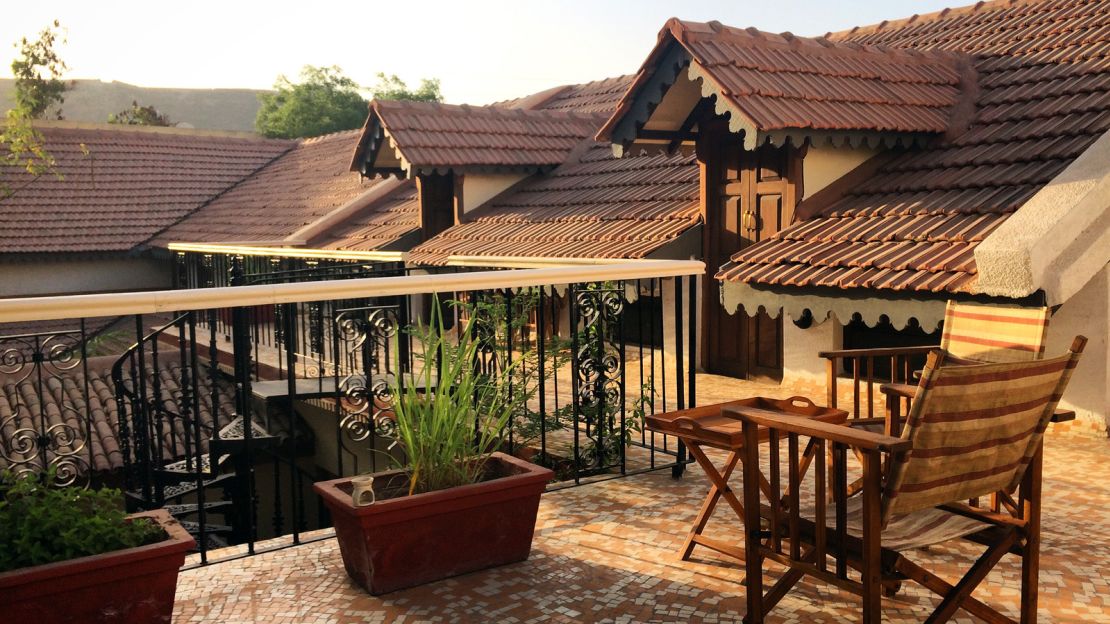
Many travelers are curious about the vernacular mud houses, which stay surprisingly cool even during the desert’s most scorching months.
Several eco-oriented properties around the region provide a first-hand experience, including Gateway to Rann Resort in Dhordo Village where guests unpack in a beautifully designed bhunga (circular-shaped mud huts with thatched roofs).
Likewise, Shaam-e-Sarhad Village Resort – in Hodka – also provides this traditional mud hut experience.
“Even though I grew up in Bhuj, the first time I visited as a tourist was around 2007 since it was a sensitive area (due to a territorial dispute with Pakistan),” recalls Shah.
“But I returned again to do my pre-wedding shoots in the desert and, later, we stayed in a mud house on the night of a full moon. It was a beautiful experience.”
For a more centrally located home base, The Bhuj House in town offers a peek into the area’s historic architecture.
Inside the restored 19th-century Parsi courtyard house – which still belongs to the original family – you’ll find four traditional rooms, pretty corridors, leafy trees, and antique wood decor.
“Usually, we suggest a minimum of five days to spend in the region,” says Shah.
“But there are so many things to see – temples, beaches, desert, memorials and villages that you could easily spend three weeks here exploring. Many people come back again and again.”
Getting there: Air India and Jet Airways both offer flights from Mumbai to Bhuj, which is about 100 kilometers from the Great Rann.

















